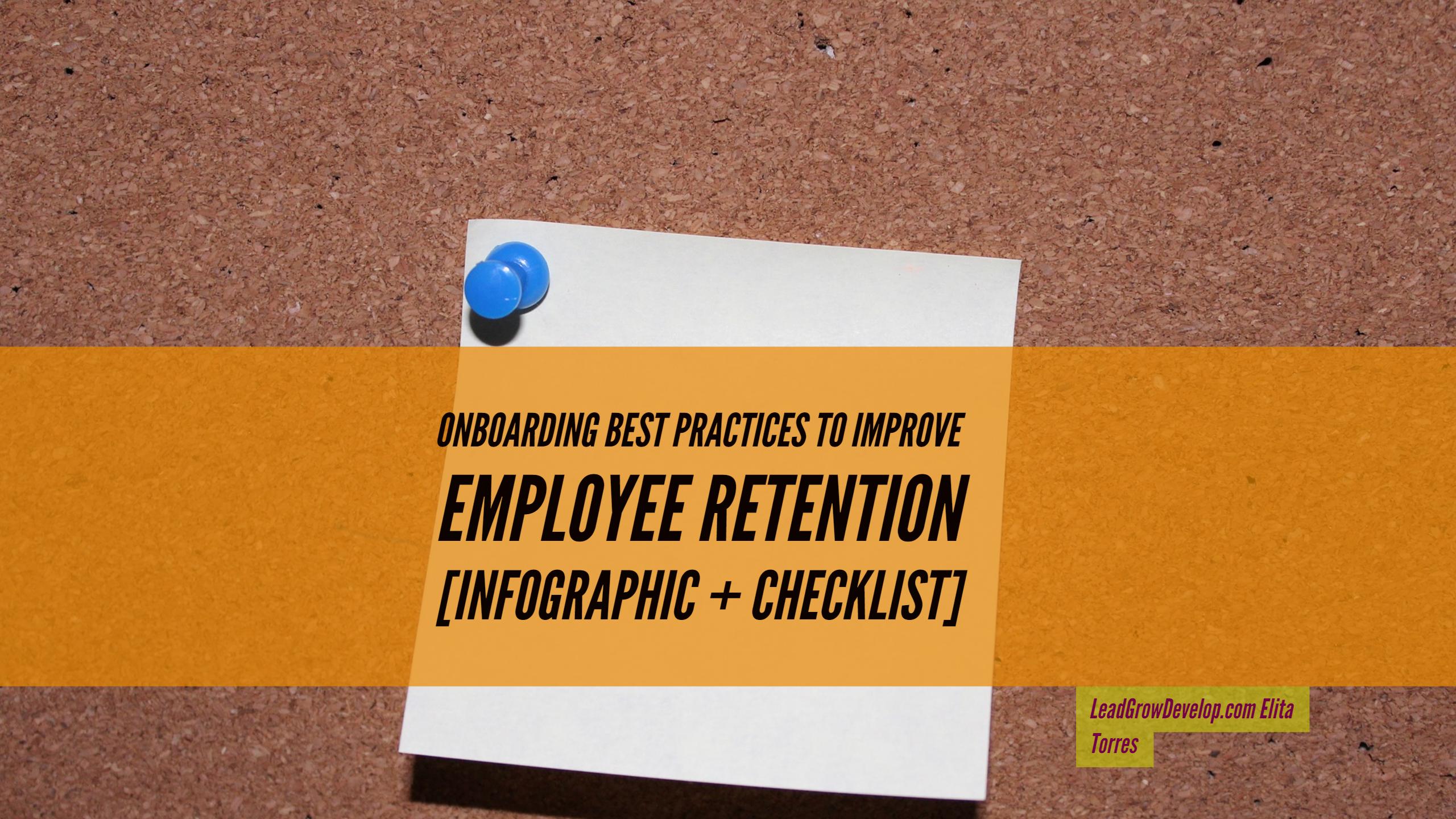Employee retention is an important part of a company’s plan. Companies that develop strategies to keep their employees engaged, motivated, with an ongoing employee development plan, win more than those who don’t. Employee turnover is an expense that a company who wants to be healthy cannot overlook. One of the first steps in reducing employee turnover is in developing a comprehensive onboarding plan.
How an employee is onboarded is a significant reflection on the importance that a company places on employee retention and development. During one of my coaching conversations, I was having a discussion with a manager who oversaw 25 employees. We were discussing her new assistant that was hired 3 months previously. The manager felt that she was struggling in her new role. When I asked her what the training looked like, the manager replied that she did not have the time to follow the training plan that the company provided. She was overloaded with priorities. She also had a second assistant manager that was on her third day and still hadn’t begun her onboarding.
Not surprisingly, her results were one of the worst in the Territory. Her employee engagement level was also extremely low. She constantly had employees complain and turnover was extremely high. Sadly, I don’t think she realized that although she felt she was overloaded with priorities, she wasn’t focused on the right ones.
“When you’re in a start-up, the first ten people will determine whether the company succeeds or not. Each is 10 percent of the company. So why wouldn’t you take as much time as necessary to find all the A players? If three were not so great, why would you want a company where 30 percent of your people are not so great? A small company depends on great people much more than a big company does.” – Steve Jobs
Although Step 1 is in hiring the right people, step 2 needs to be keeping them happy and engaged. This starts with onboarding and continues with people development. After all, you spent all that time invested in multiple interviews and lots of searching. Don’t you want to protect that investment?
Before you begin to plan out your company’s onboarding process, it’s important to understand why an employee leaves and how onboarding can help prevent that. BambooHR a software company, found that 31% of people have quit a job within the first six months. They surveyed 1,005 U.S. employees over the age of 24 to find out what has made them quit jobs in the past and what could be done to improve employers’ onboarding programs.
Here are the top five reasons U.S. workers gave for leaving new jobs shortly after being hired:
- Changed mind on work type
- The work was different than they expected
- My boss was a jerk
- Didn’t receive enough training
- The job wasn’t fun
We can attribute points A and B to improperly communicating the job description or expectations during the hiring process. Point C, might mean you have the wrong leader on board. Expect for Point C, the other points can be impacted by an engaging and well thought out onboarding plan.
What should be part of the onboarding process? What are some best practices to improve employee retention? I have created a New Employee Orientation and Onboarding checklist that can help guide and jump-start your Onboarding Process to ensure that employees start on the right footing.
The following Infographic captures more findings conducted by BambooHR about what employees expect from a proper onboarding process. It highlights the four things that employees said they want most in the first week of the job:
• On-the-job training
• Review of company policies
• A tour of the company and to have their equipment set up and ready to go
• Being assigned a buddy or a mentor.

